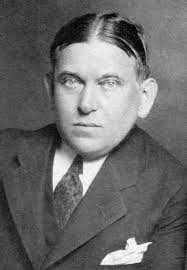Smarten-up.
I’m not the smartest guy on the planet. Sometimes it takes me a beat to get a joke. I didn’t get As in college until my senior year. I can’t finish the NY Times Sunday crossword puzzle (but I do help my wife finish it). This somewhat average acumen serves me well in my brand strategy practice.
I can tell a story, I have an ear for consumer likes and language, and have good taste in styles – all assets that contribute to my business. So there’s that.
H.L Mencken once wrote:
“No one in this world, so far as I know — and I have searched the records for years, and employed agents to help me — has ever lost money by underestimating the intelligence of the great masses of the plain people. Nor has anyone ever lost public office thereby.”
You’ve heard the expression “dumb down?” Well, when crafting brand strategy for the masses, you don’t want to be the smartest person in the room. Brand planners who are off-the-charts smart sometimes overthink and overcomplicate brand strategy. Whether challenging themselves or making points with the client or creative team it hurts the work. Conversely, other planners who get that 330 million Americans come in all shapes, sizes and aptitudes, work to “dumb down” brand strategy to a lowest common denominator.
I take issue with both these approaches.
The opposite if dumb down is smarten-up. In my planning rigor, I boil down brand strategy to one claim and three proof planks. The claim may border on common but the proof planks are certainly the “textures of belief” that appeal to consumer smarts.
So brand people, smarten-up your strategies. And H.L. Mencken be darned.
Peace.







